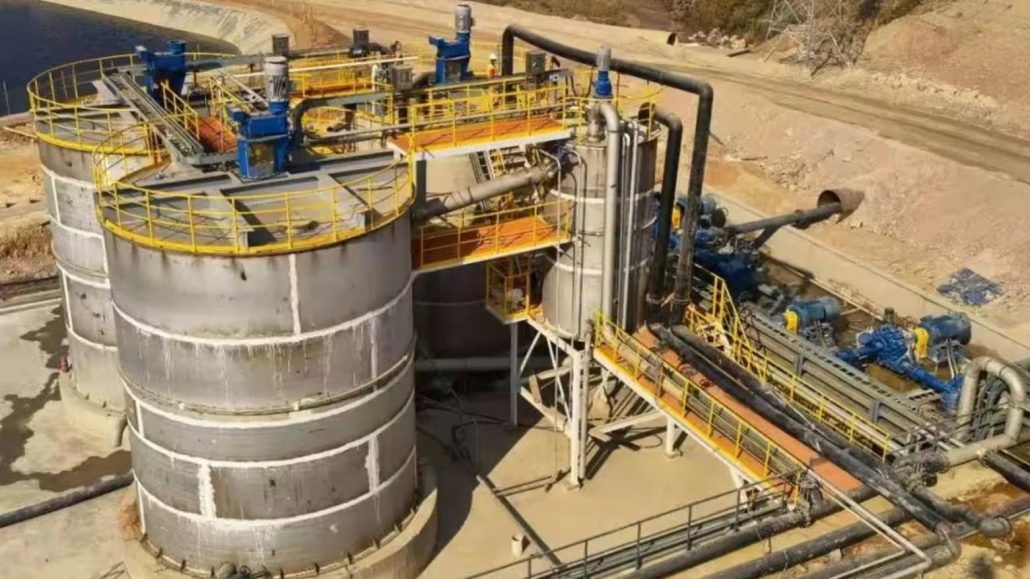
Cyclic Materials Receives Investment for Rare Earth Recovery Technology
Canadian metal recycling company Cyclic Materials has received substantial support from Microsoft’s Climate Innovation Fund to advance its technology for recovering rare earth elements from discarded hard drives. This investment will help Cyclic further develop its CC360™ technology, which the company has been working on for the past two years. The goal is to encourage IT asset disposition (ITAD) companies to focus on extracting rare earth elements from end-of-life hard drives, alongside valuable metals such as gold and silver, which are already being recovered during shredding.
The Role of CC360™ in E-Waste Recycling
Using the CC360™ technology, ITAD companies can selectively recover rare earth elements from hard drives while preserving the rest of the drive for existing recycling processes. The magnets removed from the drives can be processed using Cyclic’s technology to extract rare earth materials.
Microsoft’s Commitment to Sustainable Practices
According to Brandon Middaugh, Senior Director of the Climate Innovation Fund, this initiative supports Microsoft’s commitment to minimizing waste across its direct operations, products, and packaging by 2030.
SLS Impressed by the Technology’s Potential
Sims Lifecycle Services (SLS), a division of ASX-listed Sims, has been testing the CC360™ technology and has been impressed by its potential. Sean Magann, Chief Commercial Officer of SLS, stated that the technology not only helps recover critical rare earth elements but also improves data security and reduces issues with magnets jamming shredders. SLS plans to implement this technology across its operations.
E-Waste Growth and Recycling Challenges
The rise of electronic waste (e-waste) presents significant recycling opportunities, yet current recycling rates are inadequate. The UN reports that global e-waste generation is increasing by 2.6 million tons annually and could reach 82 million tons by 2030. Despite the vast amount of e-waste, only 46 countries have collection rate targets, and just 36 have recycling rate targets. In 2022, e-waste contained 31 billion kg of metals, of which 19 billion kg were recovered, but critical raw materials like rare earth elements were often overlooked.








Leave a Reply
You must be logged in to post a comment.